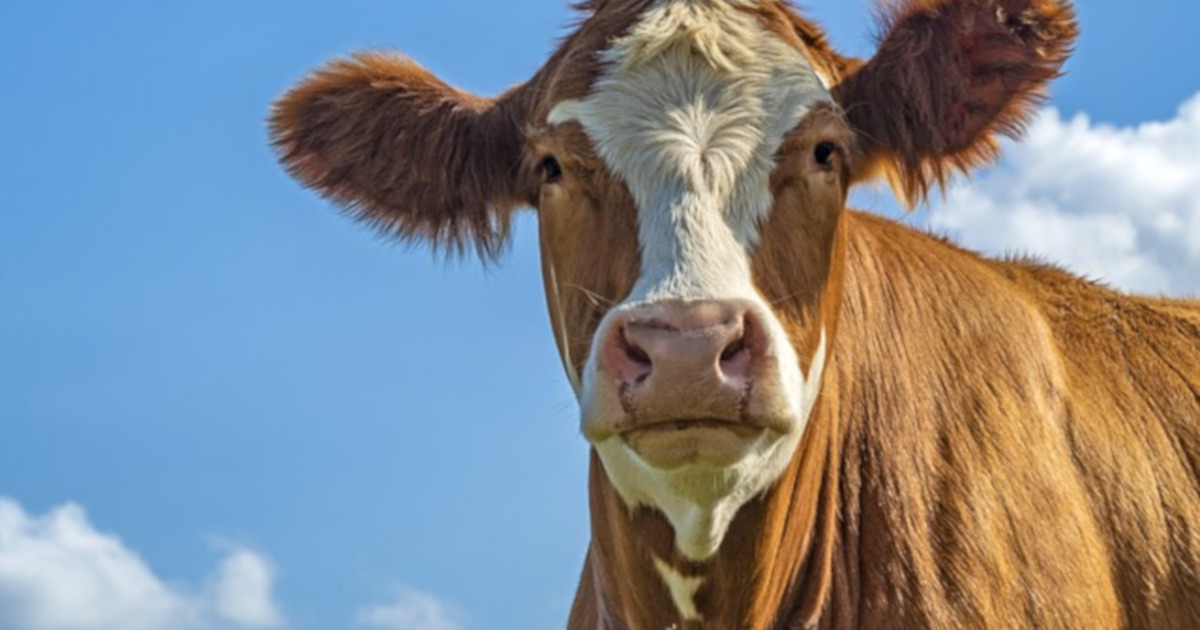Want to increase the number of livestock farmers in your area raising grass-fed beef and pasture-raised pork and poultry?
TAKE ACTION: Ask your representatives in Congress to cosponsor the New Markets for State-Inspected Meat and Poultry Act and the Processing Revival and Intrastate Meat Exemption (PRIME) Act!

The PRIME Act (H.R.4700 and S.2409) has been reintroduced in 2025 in the U.S. House of Representatives by U.S. Reps. Thomas Massie (R-KY), along with 44 cosponsors, and in the U.S. Senate by Senator Angus King (I-ME) with 8 cosponsors.
It would legalize in-state sales of locally produced, custom-slaughtered beef, pork, and lamb directly to consumers, as well as to restaurants, hotels, boarding houses, and grocery stores. This means families, chefs, and retailers could finally buy fresh, local meats that reflect their community’s values and tastes without having to rely on distant, industrial processors. Expanding this access would go a long way toward decentralizing meat processing in the United States.
For regenerative producers who raise their livestock with the highest standards of animal welfare the change would remove a major barrier. Currently, many are forced to haul their animals long distances to slaughter facilities, which not only stresses the animals and harms the environment but also pulls farmers away from their land. Allowing in-state sales of local meats would keep more of that value, and more of that food, within the community itself.
How much does federal policy have to do with what it costs you to buy local meat, and how many of your local farmers and ranchers are willing to try to compete in the grass-fed beef and pasture-raised pork and poultry business?
A lot, actually.
That’s why these two bills, both of which were introduced in past legislative sessions only to stall out, are important. And why we need Congress to pass them now.
Why do we need the PRIME Act?
Under current U.S. Department of Agriculture (USDA) regulations, local meat producers are required to use only USDA-approved meat processing facilities. As the number of USDA-approved facilities continues to decline, some farmers end up having to ship animals hundreds of miles for processing.
Some small-scale custom processors are exempt from having to use USDA-approved facilities. But under the exemption, the meat can’t be sold to consumers or retailers—it can be used only for personal, household, guest or employee use.
The PRIME act would expand the existing exemption by allowing individual states to develop and implement regulations that would create a third custom processor category for meats sold in state, to consumers, restaurants, hotels and grocery stores. This would relieve the shortage of processing capacity, and make it easier for small farms, ranches and slaughterhouses to thrive.
The PRIME Act (H.R.4700 and S.2409) was reintroduced in 2025 in the U.S. House of Representatives by U.S. Reps. Thomas Massie (R-KY), along with 44 cosponsors, and in the U.S. Senate by Senator Angus King (I-ME) with 8 cosponsors.
Why do we need the New Markets for State-Inspected Meat and Poultry Act?
New Markets for State-Inspected Meat and Poultry Act (sometimes referred to as the Rounds Act, after its sponsor Sen. Mike Rounds), would allow meat processed in many state-inspected slaughterhouses and other state-inspected facilities to be sold across state lines.
Currently, there are 27 states with inspection programs, certified by the USDA’s Food Safety Inspection Service (FSIS), which meet or exceed federal inspection standards. But under current regulations, meat processed at these FSIS-approved facilities are aren’t allowed to be sold across state lines.
Proponents of the Rounds Act argue that if these state meat inspection programs meet federal inspection standards, producers who use those federally regulated processing standards ought to be allowed to sell their meat in neighboring states. This would strengthen local food economies and open new markets for producers. This would open access to new markets and strengthen local economies.
The New Markets for State-Inspected Meat and Poultry Act was reintroduced in 2025 by U.S. Sens. Mike Rounds (R-S.D.) with 9 cosponsors.
A little history
In 1967, Congress passed the Wholesome Meat Act, ushering in the consolidation of the meat industry by requiring producers to use a USDA-inspected facility if they sell meat across state lines. At that time, there were 9,627 livestock slaughtering establishments in the U.S. By 1980, there were just 1,627. By January 2018, there were only 834.
This map of slaughterhouses by state (page 9 of this 2016 USDA report) says it all. If you live in or near Pennsylvania, you’re in luck—Pennsylvania has the largest number of federally inspected slaughter plants with 83. But too bad if you live in Wyoming, where there are none.
The distance from farm to slaughterhouse makes a big difference in price and quality. This is largely due to injuries, trauma and death suffered by animals during transport, which according to the Food & Agriculture Organization is “the most stressful and injurious stage in the chain of operations between farm and slaughterhouse and contributes significantly to poor animal welfare and loss of production.”
Under current regulations, local farmers who commit to a higher standard of care for their animals are forced to either close up shop, or expose their animals to the low standards of industrial factory farm facilities, where their locally raised meat risks being commingled with factory farm meat.
It doesn’t have to be this way. It’s time for Congress to support small independent farmers and ranchers by expanding access to custom slaughtered meats.